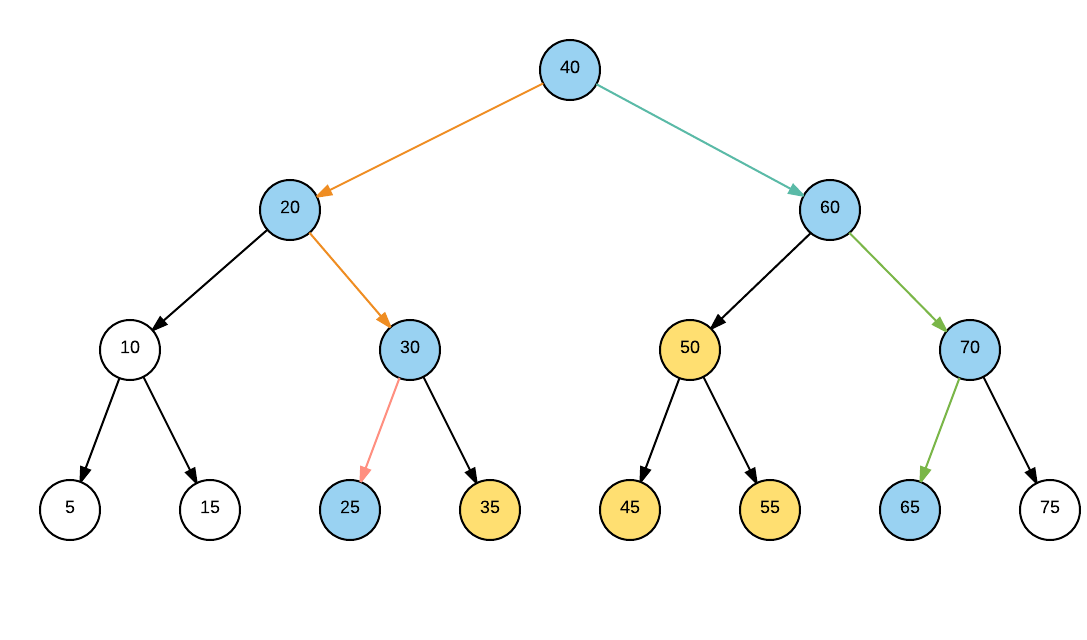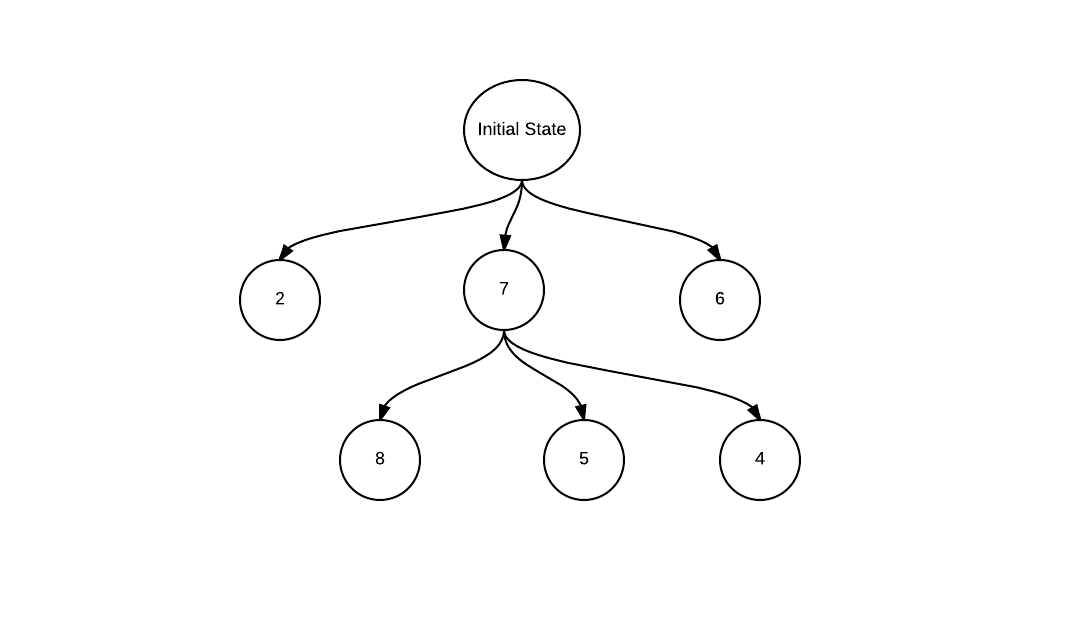The simplest way to find median of an array to sort it and find the middle element. But any good sorting algorithm would take N*logN time. Can we do better than that?
Hint: Quick sort.
In quick sort, we choose a random pivot and then place it in the correct sorted position in array, that is all element on left are less than pivot and all elements on right and higher.
Using the same approach we can find median of an array, without actually sorting it.
1. We need to find mid element of the array os size N. Say N=101, we have to find 51st element (for even N, we will need to find N/2 and N/2 + 1).
2. Choose a random pivot (say first element) and find its correct place in array.
3. Now from the two halfs, find the one where mid element from step 1 (51st in this case) will be present. (say first half has 25 element and second has 75, we will discard first half)
4. Repeat from step 2 with current choosen array half.
Worst case performance is N^2. For every element we are dividing one half is halving one or two elements.
Average Case performance is N, as we are discarding N/2 elements in each iteration.
N+N/2+N/4…..
N(1+1/2+1/4…)
N*C (some constant)


